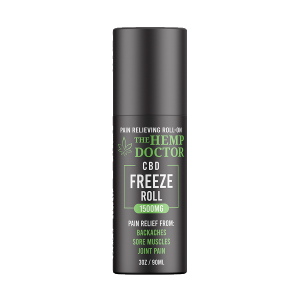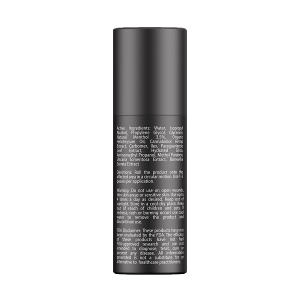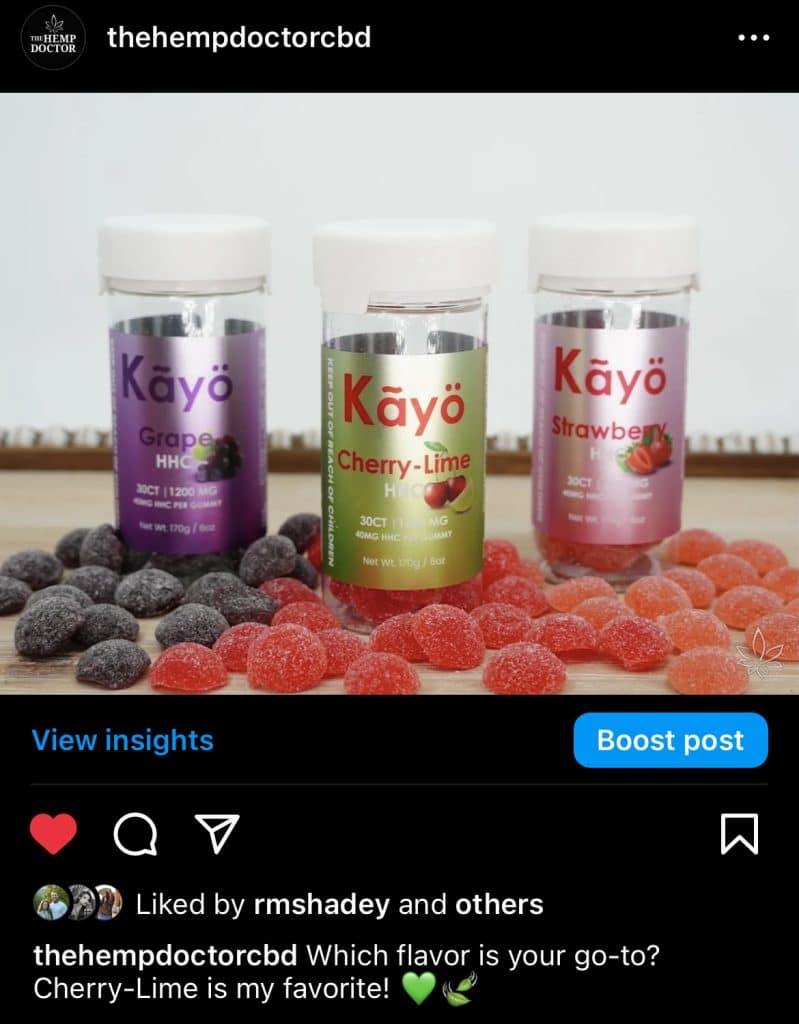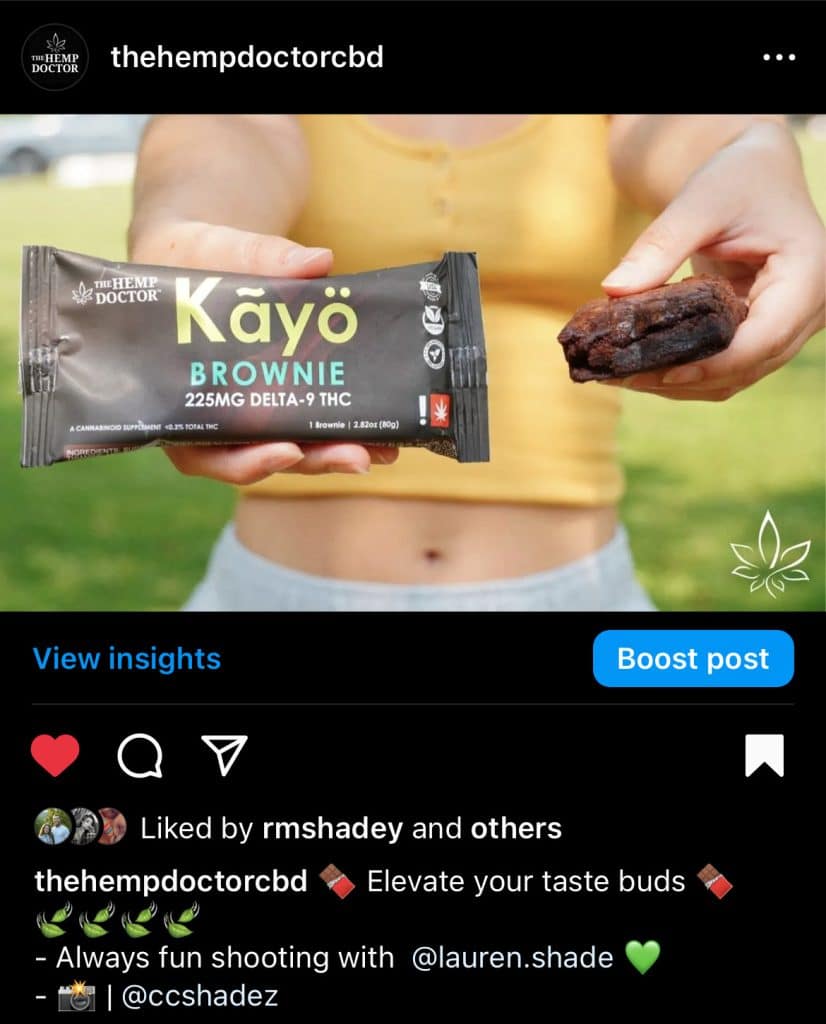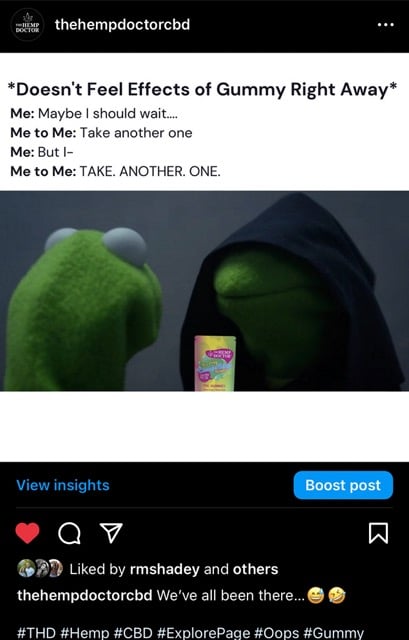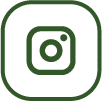How to Read a CBD Label
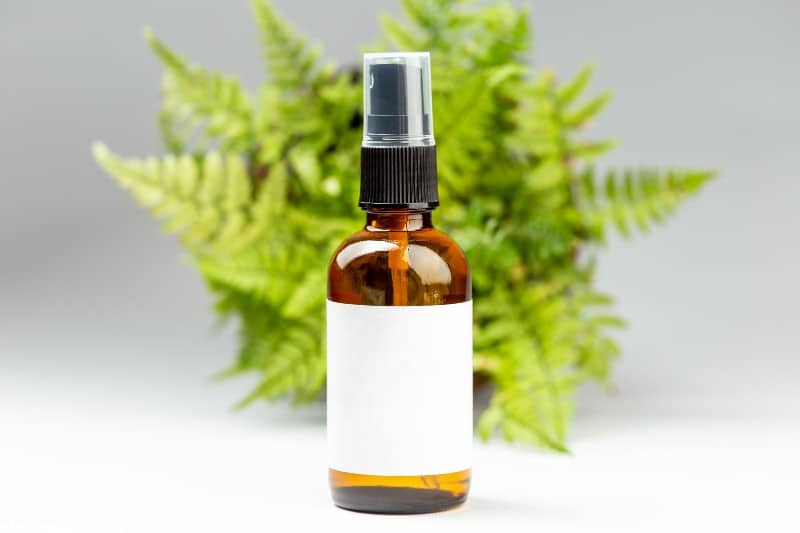
CBD is more popular than ever. You may already have decided to add the natural cannabis compound to your routine. Although finding CBD is simple and doesn’t require more than a walk to the nearest grocery store, once you hit the crowded CBD store and see countless products available at any place you go, it gets tough to choose. Eventually, you start reading labels to find what makes one product better than another. Labels are essential for understanding what you’re buying but reading them can be tricky and leave you overwhelmed, especially at the beginning of your CBD journey.
Understanding CBD labels can help you make wise decisions and know what to expect from a product, whether you’re shopping online or in-store, so we’ll cover everything that will help you understand them.
CBD Label Requirements
Before we head to how to read each section of the CBD label, let’s look at what CBD should and shouldn’t include.
A CBD label should provide consumers with:
- A brand name
- Ingredient declaration – a list of ingredients in the bottle
- Product identity – what does a product do? For example, does it aid in relaxation?
- Net quantity of contents – the amount of the actual product contained within
- FDA Disclaimer and warnings – Currently, there’s no FDA-approved CBD product except for Epidiolex. No other CBD products have FDA approval; therefore, a CBD FDA disclaimer should be on the label of every CBD product.
- A name and address of the business – Information about manufacturer
- Serving information
- Batch #
- Expiration Date
What CBD Labels Should not Include:
Although many might believe CBD has health benefits, the federal law does not recognize CBD as a dietary supplement or a substance to prevent, diagnose, treat, or cure any diseases.
For the rest of CBD products, the FDA will warn companies and take legal actions for those CBD products that make health claims about curing diseases like cancer, diabetes, or other medical conditions. When you see such claims on a CBD label, it usually means a brand is new and untrustworthy because the lifespan of brands breaking FDA laws isn’t very long. Plus, they are making unproven claims. They might also be making unproven claims about their ingredients too.
If a brand has information they shouldn’t have on the label or doesn’t have the required information, you’re right to be cautious. It could be an honest mistake, but it’s more than likely these are warning signs that a brand isn’t willing to play on the legal side of the line.
Reading a CBD label
CBD Dosage
One of the most crucial parts of the label is the CBD content per bottle and serving. It’s vital to understand how much of the compound you’ll consume per serving. The daily dose of CBD varies amongst consumers, and knowing the amount of CBD you are taking will help you find the proper dosage of CBD that works for your body and shop for solutions suitable for your daily needs.
CBD product labels provide CBD dosage per bottle and serve in milligrams (mg) – one-thousandth of a gram.
Serving Size/ Serving per Bottle/CBD Dosage Per Serving
Every CBD label should provide serving size and number of servings per bottle. For instance, serving size can be one softgel, while the number of servings can be 30, and CBD dosage per serving might be 15mg. When you have already determined your daily dose of CBD, the serving size and number of servings per bottle can help you identify if the product matches your needs. For example, if your daily dose is 50mg of CBD, and CBD per serving of a product is 15mg, then it’d take more than three softgels to reach the needed daily amount of CBD, and you’d empty the bottle in just ten days. More likely, you’d want to find a more potent product like one with 25mg or 50mg per serving.
Source of CBD
CBD is federally legal, but only when it derives from hemp. When derived from marijuana, it’s legal only in states where recreational use of marijuana is legal. CBD from marijuana will have a high THC content and cause unwanted euphoric and mind-altering side effects. Besides, THC will cause failed drug tests. Hemp-derived CBD comes from hemp plants with no more than 0.3% THC. CBD labels should provide the source of CBD and include terms such as “hemp-sourced, hemp-derived, or hemp CBD.”
CBD Extract Type
There are three primary types of CBD including:
CBD isolate – CBD powder with no other ingredients but CBD. It’s THC-free
Full-spectrum CBD – Contains all active ingredients in hemp, including THC in federally legal amounts, up to 0.3%. This type of CBD is famous due to a theory – the entourage effects claiming more than one cannabinoid in the human body can deliver better results than a single one.
Broad-Spectrum CBD also combines all active ingredients in hemp but is THC-free.
Additional Ingredients
Most CBD products combine numerous ingredients, some for flavor, texture, or colors. Knowing other elements besides CBD can help you choose the right product, especially if you have diet restrictions, sensitivity, or allergies. Many CBD products are vegan, but some might contain animal products like gelatin, so it’s essential to see what’s in the product. Usually, if a product is vegan, gluten-free, sugar-free, keto, etc., the label will have these essential statements separately from the ingredients section.
Manufacturing date
Like any other perishable product, CBD also degrades over time and has a particular shelf life depending on the product type, so it’s crucial to know how old a product is to see if it’s safe to use. That’s why every CBD label should include a manufacturing date.
Have You Read the Label and Decided to Purchase a Product? Hold on Before you Jump to Conclusions.
Although labels are indeed crucial for understanding the quality of CBD, they’re not always accurate. There’s a 70% chance that what you just read on a label is not valid. So, although it’s vital to learn how to read a label, it’s equally important to know how to know if claims on the labels are correct or not.
To do this, look at the company’s name on the bottle and research. The FDA has already warned many brands for making unproven and misleading claims about their products’ ingredients.
Additionally, you should visit their website – which any CBD brand should have, and look for the third-party lab test results that are so far the only way to determine if a product is safe and effective. It’s how companies can prove the quality of their CBD.
Each CBD label has a batch number that will help you find test results associated with that batch. Here you will see the amount of CBD and ensure it contains the indicated amount and other cannabinoids like THC to ensure it’s not higher than the federally legal amount. Third-party lab tests also determine the presence of harmful ingredients like heavy metals, pesticides, or residual solvents.
The Hemp Doctor: America’s Premier Hemp & CBD Dispensary
Our premium CBD derives from organic hemp that grows in nutritious U.S. soil, bringing only the desired outcomes. So, instead of reading the labels at a local market, you can conveniently shop for our top-grade products online.
We are always happy to educate our customers. To learn more about our products, or hemp-derived products in general, contact us online today. We provide personalized, supportive customer service and are always happy to answer your questions.

